When a 5,000-Year-Old Beverage Makes Coffee Look Like a Trendy Upstart
Welcome to the world of Chinese tea, where a simple leaf has spent five millennia transforming from "interesting plant that makes water taste better" into a $95 billion industry with more complexity than quantum physics and more cultural significance than Shakespeare and TikTok combined. Since 2732 BC, when Emperor Shen Nong allegedly discovered tea by having a leaf accidentally fall into his boiling water (history's most profitable accident), tea has been less of a beverage and more of a national obsession.

The Numbers That Will Make Coffee Executives Weep Into Their Espressos
Before we steep ourselves in the details, let's look at some numbers that explain why tea executives have nicer vacation homes than the rest of us:
- Total Market Value: $95 billion (roughly the GDP of Slovakia, but with more antioxidants)
- Annual Growth Rate: 12.5% (growing faster than most people's retirement accounts)
- Per Capita Tea Consumption: 1.2 kg (approximately 600 cups per person, or what some Americans call "a slow Monday for coffee")
- Online Tea Sales: 38% of total market (because even 5,000-year-old traditions eventually go digital)
- Premium Tea Segment Growth: 22% annually (proving people will pay luxury car prices for fermented leaves if you market them correctly)
The Tea Family Tree (Or "Why 'Just Tea' Is Like Saying 'Just Music'")
The Traditional Categories That Will Make You Question Everything You Thought You Knew About Tea
- Green Tea: 35% market share (the yoga instructor of teas: healthy, popular, slightly self-righteous)
- Oolong Tea: 22% market share (the mysterious middle child: complex, misunderstood, with hidden depths)
- Black Tea: 18% market share (the business executive: strong, reliable, works well under pressure)
- White Tea: 12% market share (the delicate genius: subtle, expensive, requires special treatment)
- Pu-erh Tea: 8% market share (the wine connoisseur: aged, acquired taste, inexplicably expensive)
- Herbal Teas: 5% market share (the rebellious teenager: not technically tea, but insists on being included)
Consumer Trends That Will Keep You Awake at Night (Unlike the Caffeine-Free Options)
- Health-conscious selections: Because drinking something healthy cancels out those five pastries you just ate
- Premiumization: The art of convincing people that this leaf is worth 10 times more than that nearly identical leaf
- Convenience-driven formats: For people who want ancient tradition without the inconvenience of actually participating in ancient tradition
- Sustainability focus: Saving the planet, one biodegradable tea bag at a time
- Technological integration: Because even 5,000-year-old beverages need smartphone apps
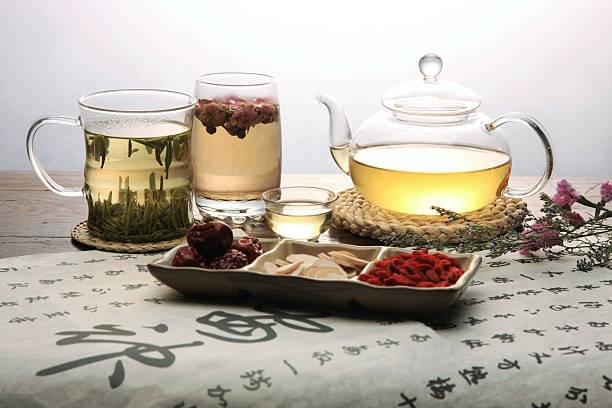
How to Enter the Market Without Making a Complete Fool of Yourself
1. Product Innovation (Or "How to Reinvent Something That's Been Perfect for Millennia")
Key Development Areas That Won't Offend Tea Purists (Too Much):
- Functional health teas: Adding trendy supplements to ancient recipes and calling it innovation
- Organic certified products: Charging more for what was already natural to begin with
- Sustainable packaging: Saving the planet while selling more tea (win-win!)
- Personalized tea experiences: Making people feel special for drinking a beverage billions of others consume
- Technology-enhanced brewing solutions: Because apparently boiling water is now too complicated
Innovation Frameworks That Sound Impressive in Boardroom Presentations:
- AI-powered tea recommendation systems: Teaching robots to know your taste buds better than you do
- Blockchain-verified origin tracking: Using technology that most people don't understand to verify something they'll never check
- Customizable tea blending platforms: Letting customers think they're master tea blenders (they're not)
- Wellness-oriented formulations: Adding vitamins to tea and charging pharmaceutical prices
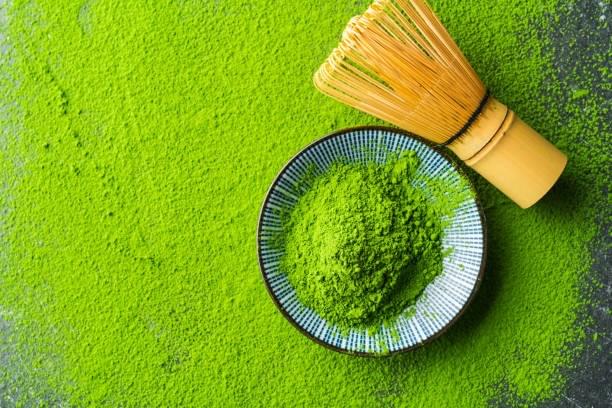
2. Distribution Channels (Or "Getting Your Leaves Into Chinese Cups")
E-commerce Platforms Where Your Tea Will Compete with 10,000 Nearly Identical Products:
- Tmall Global: Where international brands go to either strike gold or disappear into digital oblivion
- JD.com: For when you want your tea delivered faster than you can brew it
- Pinduoduo: Where price-conscious consumers will question why your tea costs more than their phone bill
- WeChat Mini Programs: Because selling tea through a messaging app makes perfect sense in China
Offline Retail (Yes, Physical Stores Still Exist):
- High-end supermarkets: Where wealthy Chinese consumers inspect tea packaging more thoroughly than diamond purchases
- Specialty tea shops: Where staff need the knowledge of tea scholars and the patience of Buddhist monks
- Department stores: Where your premium tea gift boxes will sit next to luxury handbags
- Duty-free channels: Convincing travelers that tea makes a better souvenir than another refrigerator magnet
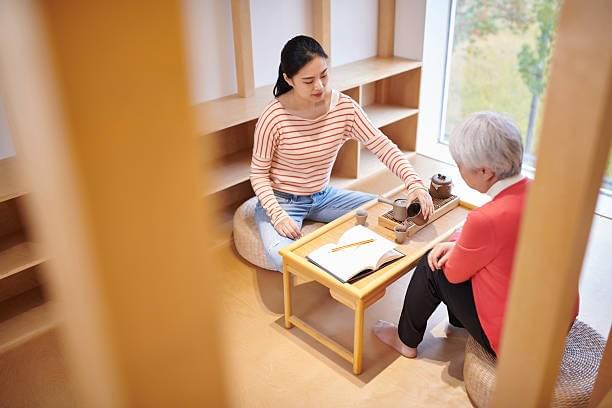
3. Pricing Strategies (Or "The Art of Not Scaring Away Customers While Still Making Money")
Pricing Tiers That Will Make You Question Everything About Economic Theory:
- Budget Segment: ¥30-80 per 100g (for people who like tea but also like paying rent)
- Mid-Range Segment: ¥80-250 per 100g (for people with disposable income and discerning taste buds)
- Premium Segment: ¥250-1000 per 100g (for people who want their beverage choices to impress others)
- Luxury Segment: ¥1000+ per 100g (for people who enjoy drinking their retirement funds)
Competitive Positioning Techniques:
- Quality storytelling: Because a good story about a tea farmer's great-grandfather can justify a 300% markup
- Transparent sourcing: Showing photos of actual tea mountains to prove your tea doesn't come from a factory
- Cultural authenticity: Using calligraphy and red colors on packaging even if your company was founded last Tuesday in Milwaukee
- Scientific wellness claims: Using enough scientific jargon to sound legitimate without actually promising anything specific
Marketing Your Tea Without Becoming a Cultural Stereotype
Cultural Integration That Won't Make Chinese Consumers Cringe
Storytelling Elements That Actually Work:
- Geographic origin narratives: Making mountains and villages sound like mystical places where magic tea grows
- Traditional preparation methods: Explaining processes that most consumers will never actually follow
- Historical significance: Connecting your brand to dynasties that ended centuries before your company existed
- Modern wellness connections: Bridging ancient wisdom with modern health trends without being completely fictional
Digital Marketing Channels Where You'll Spend All Your Budget
- Xiaohongshu (Little Red Book): Where fashionable young women decide the fate of your tea brand through selfies and reviews
- Douyin (TikTok): Where your elaborate tea ceremony needs to be condensed into 15 entertaining seconds
- WeChat Official Accounts: Where your long-form tea content will compete with celebrity gossip and investment advice
- Bilibili: Where you'll need anime-style mascots to explain the benefits of fermented tea leaves
- Weibo: Where one bad review can reach millions before your morning tea gets cold
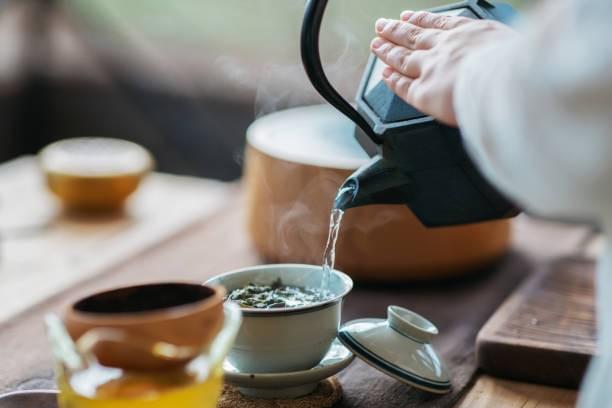
Consumer Education (Because Most People Don't Actually Know What Good Tea Is)
- Tea ceremony workshops: Teaching people to appreciate the beverage they've been gulping down thoughtlessly for years
- Online brewing masterclasses: Convincing consumers that their tea tastes bad because they're making it wrong, not because it's bad tea
- Health benefit seminars: Walking the fine line between wellness claims and things that would get you sued
- Cultural heritage presentations: History lessons that somehow always end with "and that's why our tea is worth the premium price"
- Interactive digital experiences: Apps that gamify tea knowledge and subtly push users toward your premium products
Navigating the Regulatory Maze Without Losing Your Sanity
Key Regulatory Considerations (Or "The Paperwork That Will Haunt Your Dreams")
- Import certification requirements: Documentation so extensive it could be published as a novel
- Food safety standards: Rules stricter than your most uptight high school teacher
- Packaging regulations: Requirements specific enough to make your design team quit
- Labeling specifications: Characters so small no human could read them, but must be included exactly as specified
- Custom clearance protocols: Procedures complex enough to make international shipping feel like negotiating peace treaties
Documentation Requirements (The Trees Sacrificed for Your Tea Business)
- Comprehensive product testing: Proving your tea won't poison anyone, which seems like a low bar but requires extensive testing
- Origin certification: Paperwork confirming your Chinese tea actually comes from China (yes, really)
- Organic verification: The process that makes organic farmers question their life choices
- Health claim substantiation: Scientific evidence that your tea does what you hint it might do
- Manufacturing process documentation: Explaining every step from leaf to cup in excruciating detail
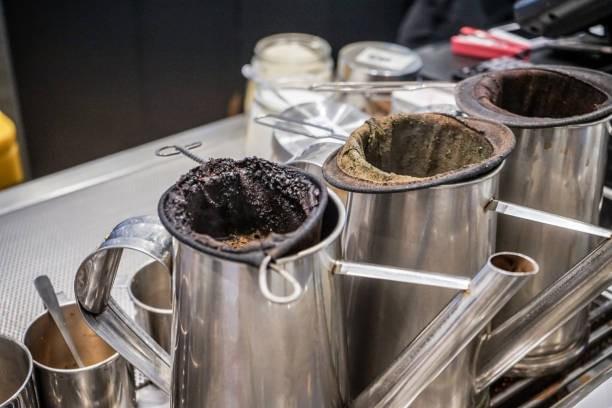
Know Thy Enemy: Competitive Landscape
Top International Tea Brands Already in China (Your New Rivals)
- Lipton: The McDonald's of tea—everywhere, consistent, and puzzlingly successful despite tea connoisseurs' disdain
- Twinings: The brand that convinced everyone that being British is a tea qualification
- Dilmah: The Sri Lankan success story that sneaked into China while no one was looking
- Harney & Sons: Making traditional tea packaging that appeals to people who buy books based on cover design
- Numi Organic Tea: Proving that enough sustainability messaging can justify premium pricing
Future Growth Segments (Where the Smart Money Is Going)
- Functional wellness teas: Adding enough trendy ingredients to make tea sound like medicine
- Cold brew tea innovations: Because apparently hot water is too much effort now
- Sustainable tea experiences: Making environmental consciousness a luxury product
- Personalized tea subscriptions: The monthly box model applied to leaves in hot water
- Technology-enhanced brewing: Apps and gadgets for people who think traditional teapots are too analog
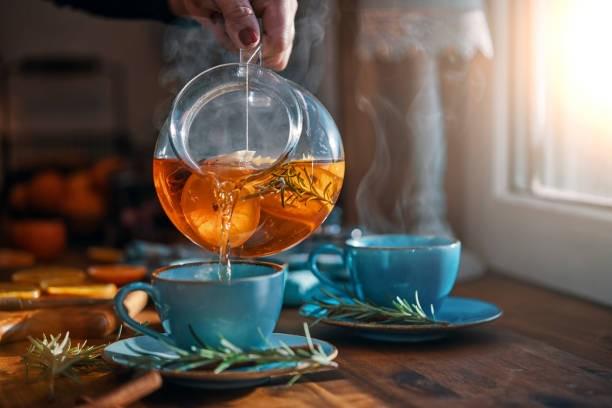
Conclusion: Steep or Steep Not, There Is No Try
Breaking into China's tea market is less of a business venture and more of an odyssey that will test your patience, cultural sensitivity, and ability to distinguish between 50 slightly different green teas without making a face. It requires the market analysis skills of a Wall Street analyst, the cultural awareness of an anthropologist, and the patience of someone waiting for Pu-erh to properly age (that's 10-50 years, by the way).
Remember: In China, tea isn't just a beverage—it's a 5,000-year-old institution with more rules, traditions, and passionate opinions than most religions. Enter with respect, a sense of humor, and enough capital to weather the storm of competing with literally thousands of years of established competition.